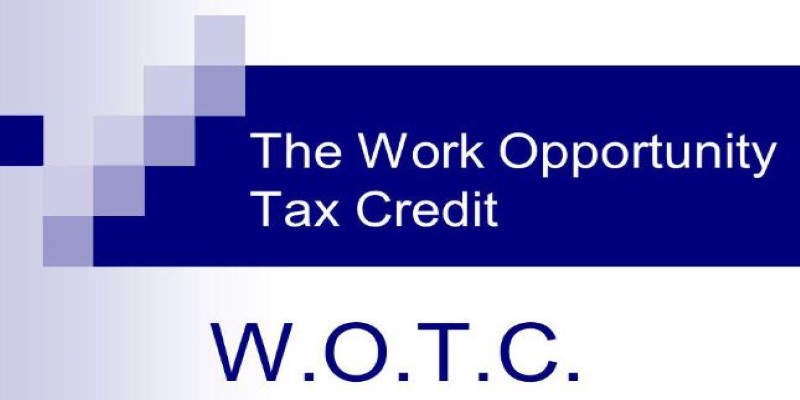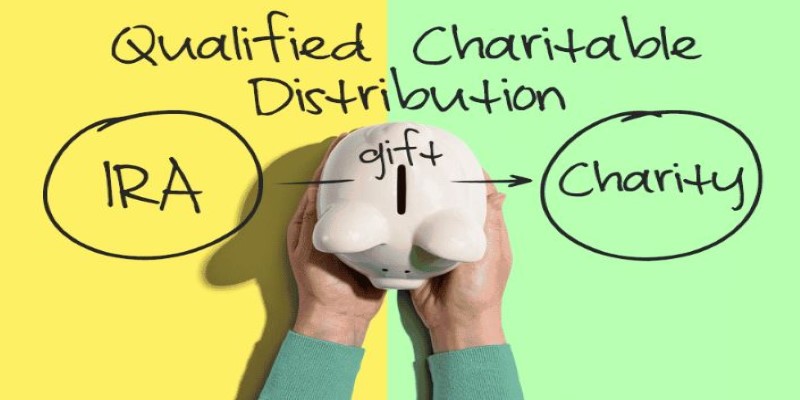Can You Benefit from the Retirement Saver's Credit? IRS Form 8880 Explained
Dec 13, 2024 By Verna Wesley
When it comes to saving for retirement, every little bit counts, especially if you're trying to build a nest egg on a limited income. The IRS offers a valuable incentive for low- and moderate-income earners who are planning for their future: the Retirement Saver's Credit. Through IRS Form 8880, this credit helps eligible individuals reduce their tax bills simply by contributing to their retirement accounts.

Who qualifies, and how does it work? Here, we'll step through everything you want to know about the Retirement Saver's Credit eligibility requirements to how much you might save. So, let's dive in and see if this credit might fit your needs.
Who Qualifies for the Retirement Saver's Credit?
The Retirement Saver's Credit, also known as the Credit for Qualified Retirement Savings Contributions, provides a credit that encourages retirement savings through low- and moderate-income working families. Qualifying under such is:
First, age and dependency status matter. You must be at least 18 years old and not claimed as a dependent on another persons tax return. If you're a full-time student, as defined by the IRS (enrolled for at least five months of the year), you are generally ineligible for this credit.
Another factor is income. For tax year 2023, for example, a single filer might qualify if they have an adjusted gross income (AGI) of less than $36,500. Heads of households might qualify if their AGI is less than $54,750. The same goes for couples filing jointly: if their AGI is less than $73,000, they might qualify. Adjusted income limits are based on various years; always find the most current data.
Lastly, you need to contribute to a qualifying retirement plan, such as a traditional or Roth IRA, 401(k), 403(b), or a governmental 457(b).
Importantly, rollovers from other accounts don't count toward this credit, so only new contributions are eligible. By meeting these conditions, you could lower your tax bill while boosting your retirement savings.
How Much Can You Claim With the Retirement Savers Credit?
The Retirement Savers Credit is calculated based on your filing status, AGI, and the amount of your eligible contributions. The IRS allows a credit rate of 10%, 20%, or 50% of your total retirement contributions, up to a maximum contribution of $2,000 for individuals and $4,000 for married couples filing jointly.

For instance, if you are a single filer with an AGI below $21,750 and you contributed $1,000 to your IRA, you might qualify for a 50% credit, resulting in a $500 tax credit. This credit directly reduces your tax bill, which can make a significant difference, especially for lower-income earners. However, as your AGI increases, the percentage of the credit you can claim gradually decreases, dropping to 20% or even 10%, depending on your income level.
One thing to note is that the Retirement Savers Credit is non-refundable, which means it can reduce your tax bill to zero, but it will not result in a refund. If your tax liability is less than the credit amount you qualify for, you wont receive the unused portion as a refund, but it still provides valuable tax relief.
How to Claim the Retirement Saver's Credit Using IRS Form 8880
To claim the Retirement Saver's Credit, you'll need to complete IRS Form 8880, "Credit for Qualified Retirement Savings Contributions," and attach it to your Form 1040 or 1040-SR. Form 8880 is straightforward to fill out, mainly requiring you to report your total contributions to qualifying retirement accounts and calculate the applicable credit.
The form also requires you to report any distributions (withdrawals) from retirement accounts, which can impact your eligibility or reduce the credit amount. If you took a distribution from your IRA, 401(k), or another retirement plan in the previous two tax years, your credit might be reduced or eliminated. The IRS applies this rule to prevent individuals from benefiting twice once from a tax deduction for a retirement contribution and then again by claiming a credit if they withdraw the funds prematurely.
The Benefits and Drawbacks of the Retirement Savers Credit
Here's a closer look at what makes the Retirement Saver's Credit beneficial, along with some drawbacks to consider.
Benefits of the Retirement Savers Credit:

The Retirement Saver's Credit reduces your tax bill, encouraging you to save more for retirement without significantly impacting your immediate finances. It's especially beneficial for lowand moderate-income earners, providing up to 50% of contributions back as a tax credit. Additionally, by contributing regularly, you're building a habit of saving, helping ensure a more secure retirement. The tax reduction paired with retirement growth is a practical incentive for consistent, long-term planning.
Drawbacks of the Retirement Savers Credit:
The credit is non-refundable, meaning it only reduces your tax bill and wont generate a refund. Eligibility requirements can also be restrictive; if youre a full-time student, claimed as a dependent, or took recent distributions from retirement accounts, you may not qualify. Income limits further narrow access to the full credit. For many, the credits gradual phase-out with income growth makes it less beneficial as their financial situation improves.
Conclusion
The Retirement Savers Credit, claimed via IRS Form 8880, offers a helpful tax break to those working hard to secure their financial future on a modest income. By understanding the eligibility criteria, contribution rules, and potential tax savings, you can make the most of this credit. Whether you're just starting to save or adding to your retirement fund, this credit can ease your tax burden while helping you grow your nest egg. Check your eligibility and consider this credit to maximize both immediate savings and long-term financial stability.








